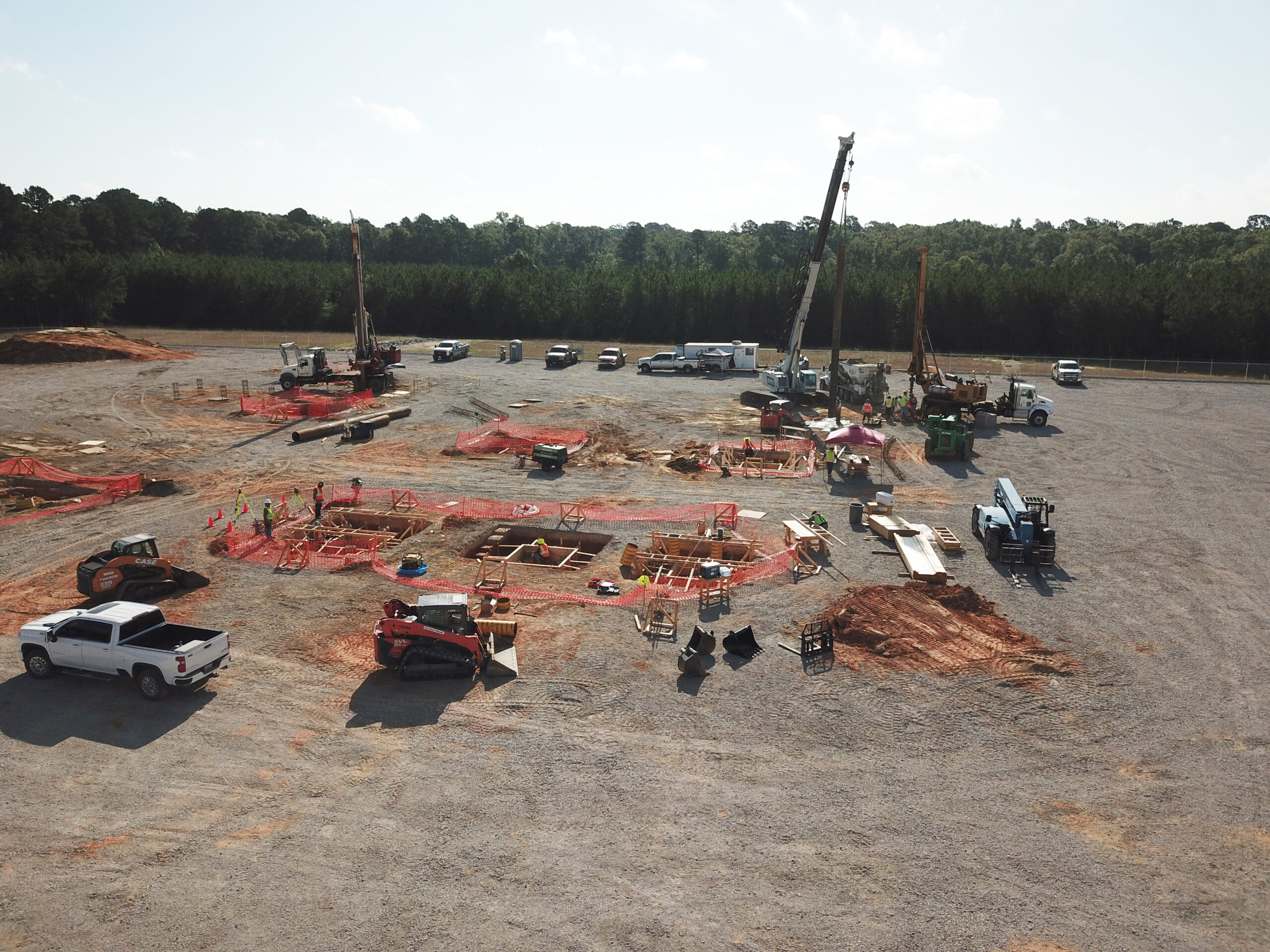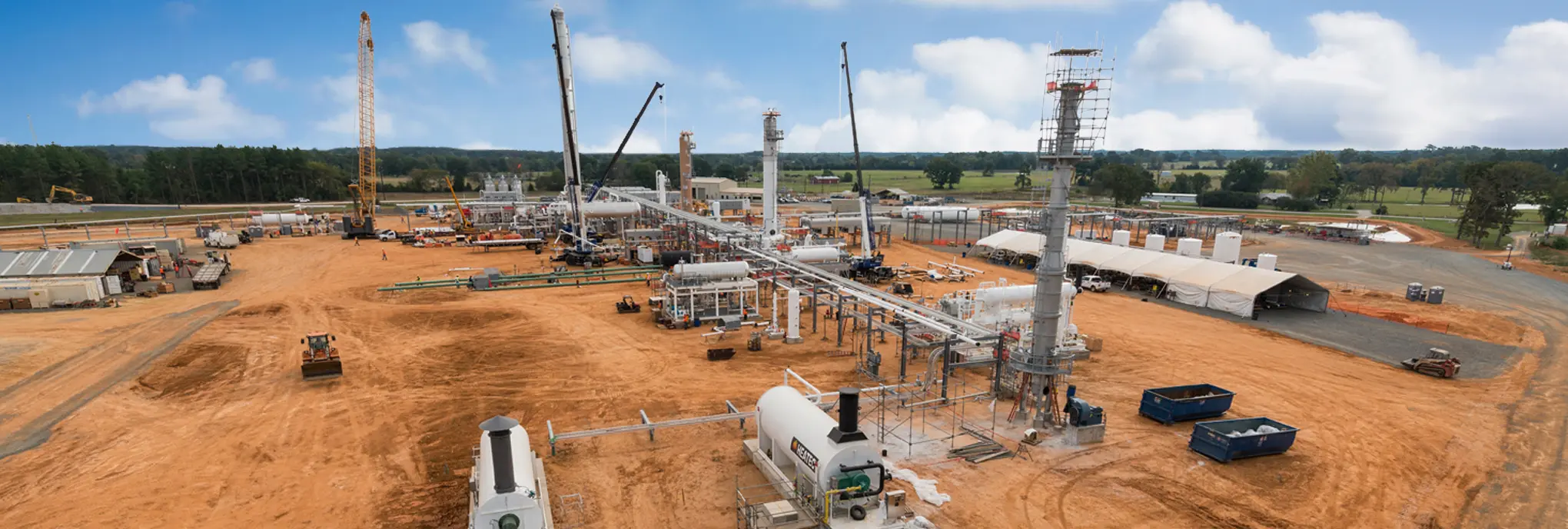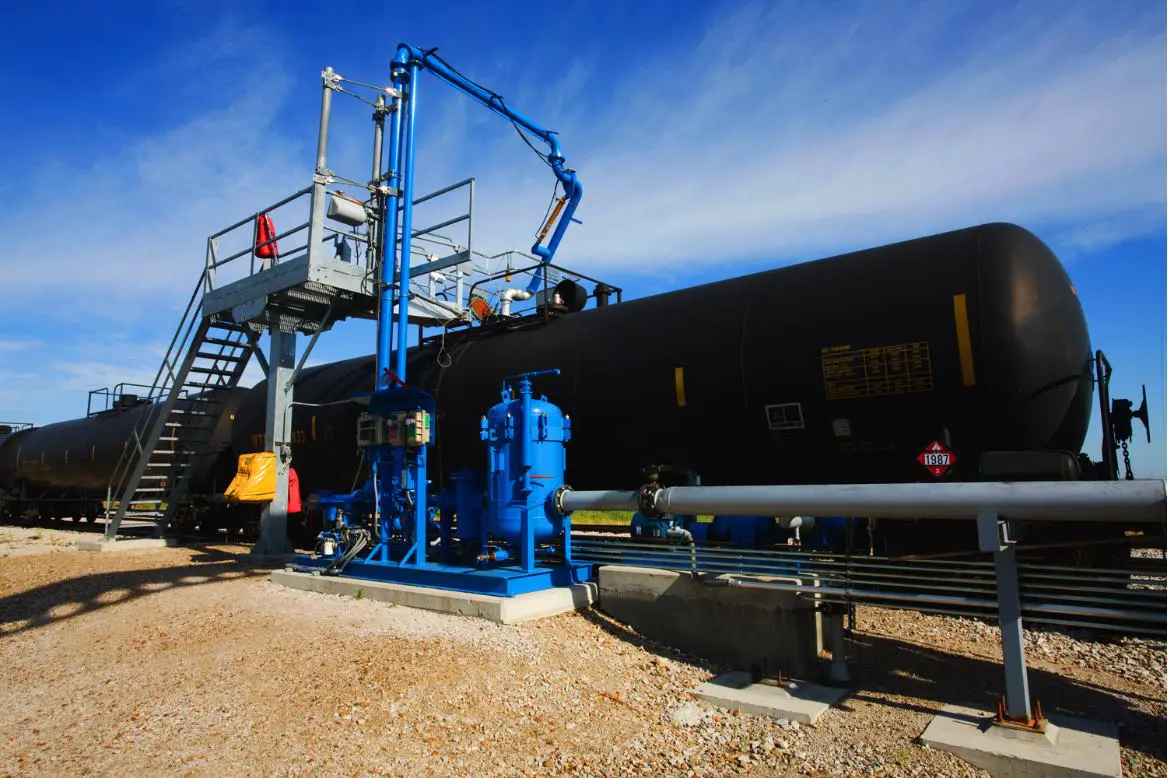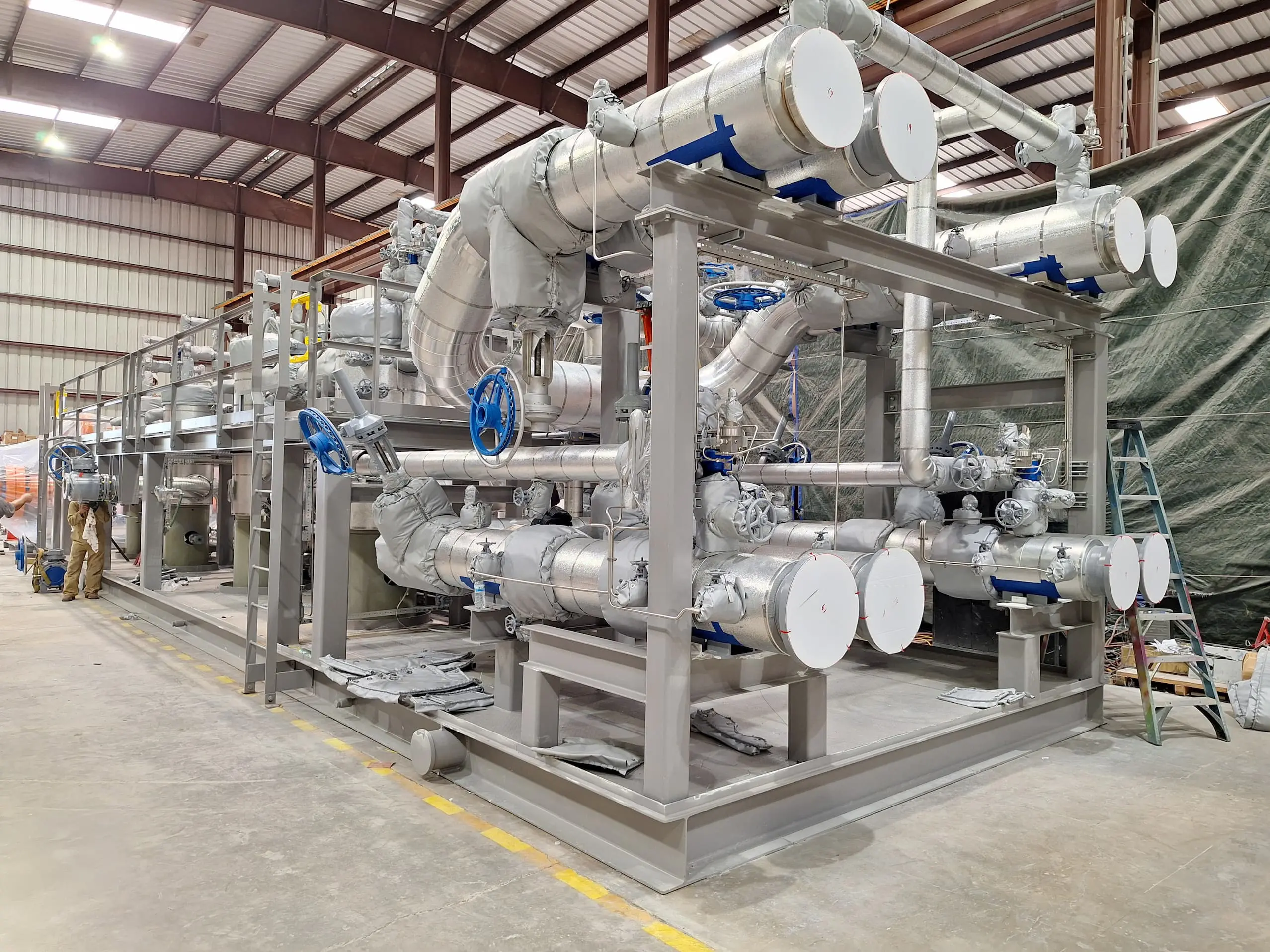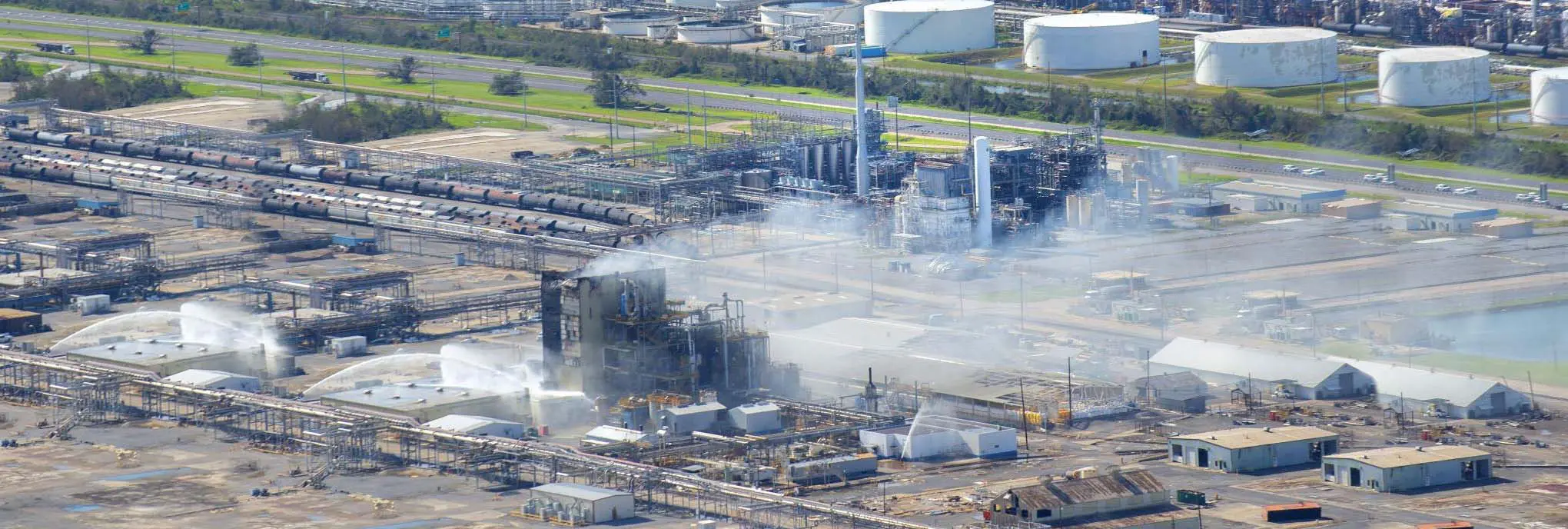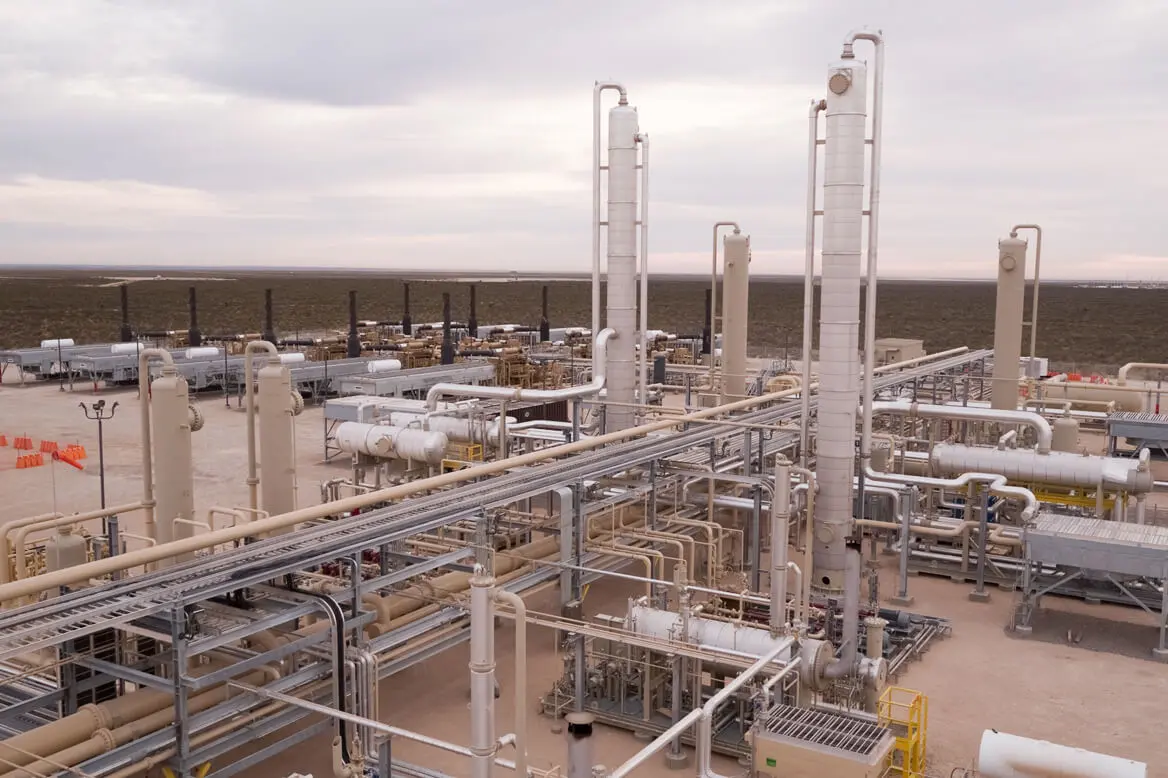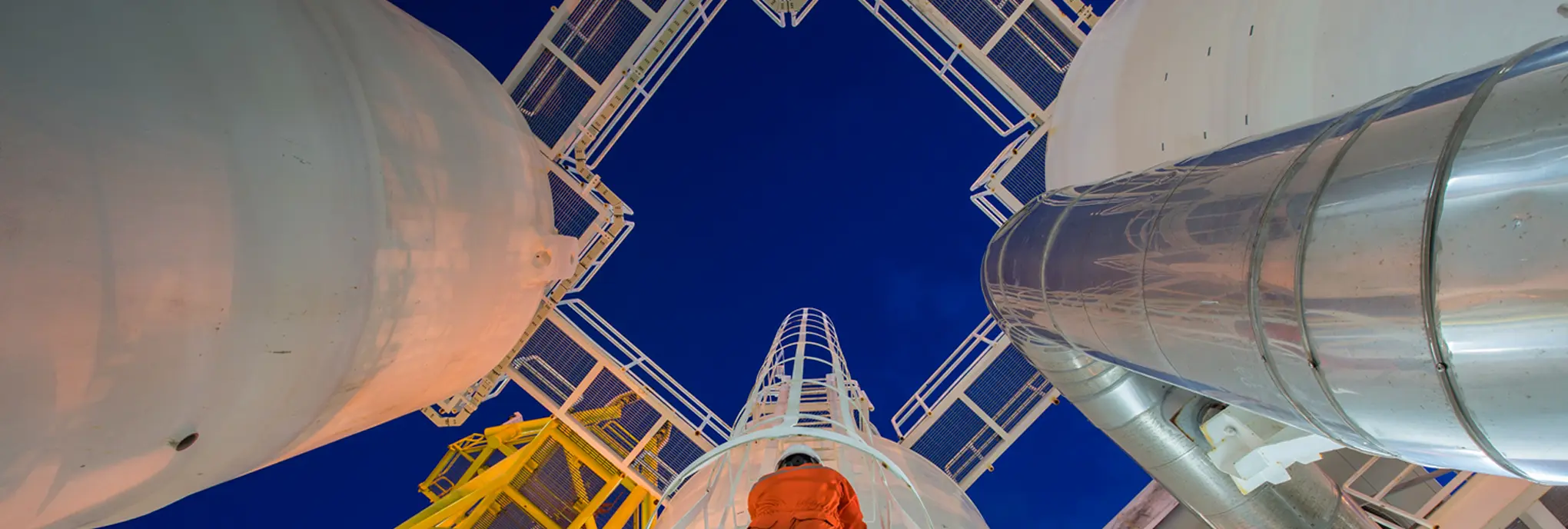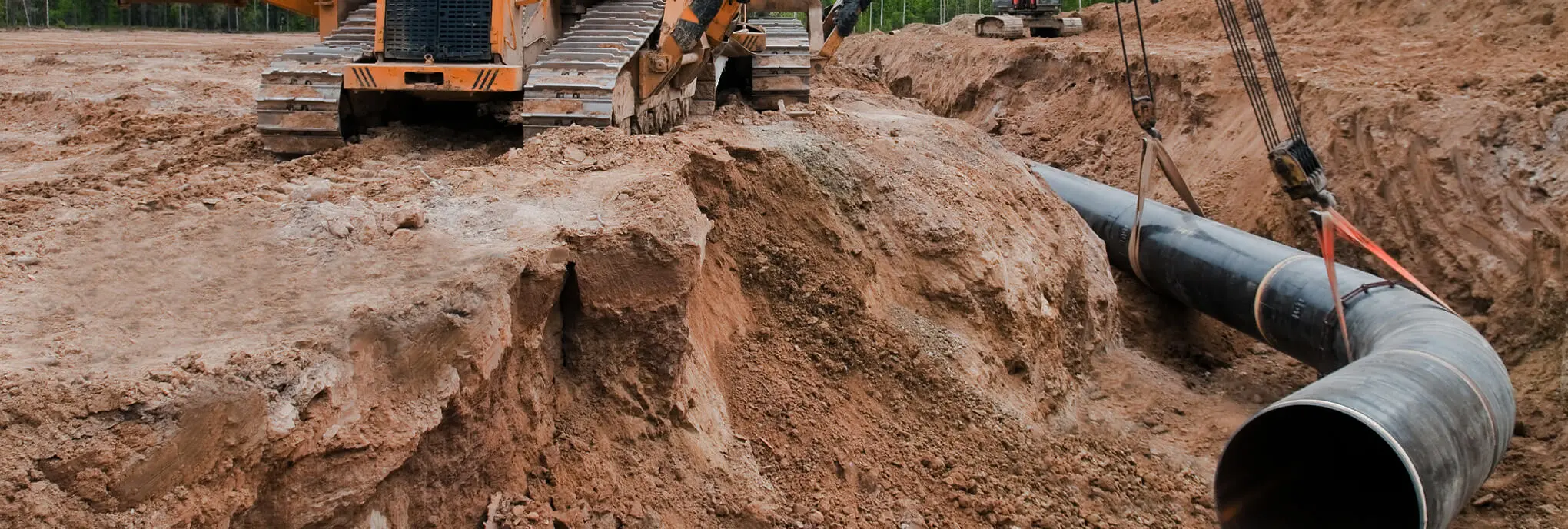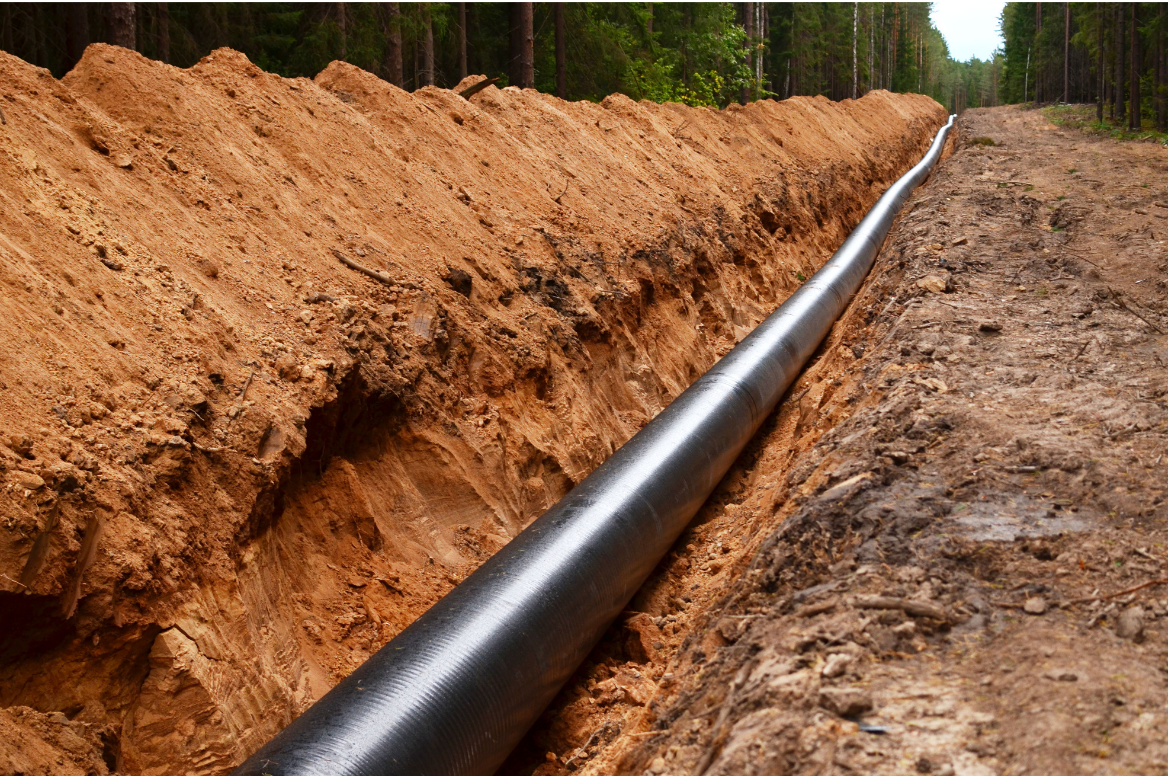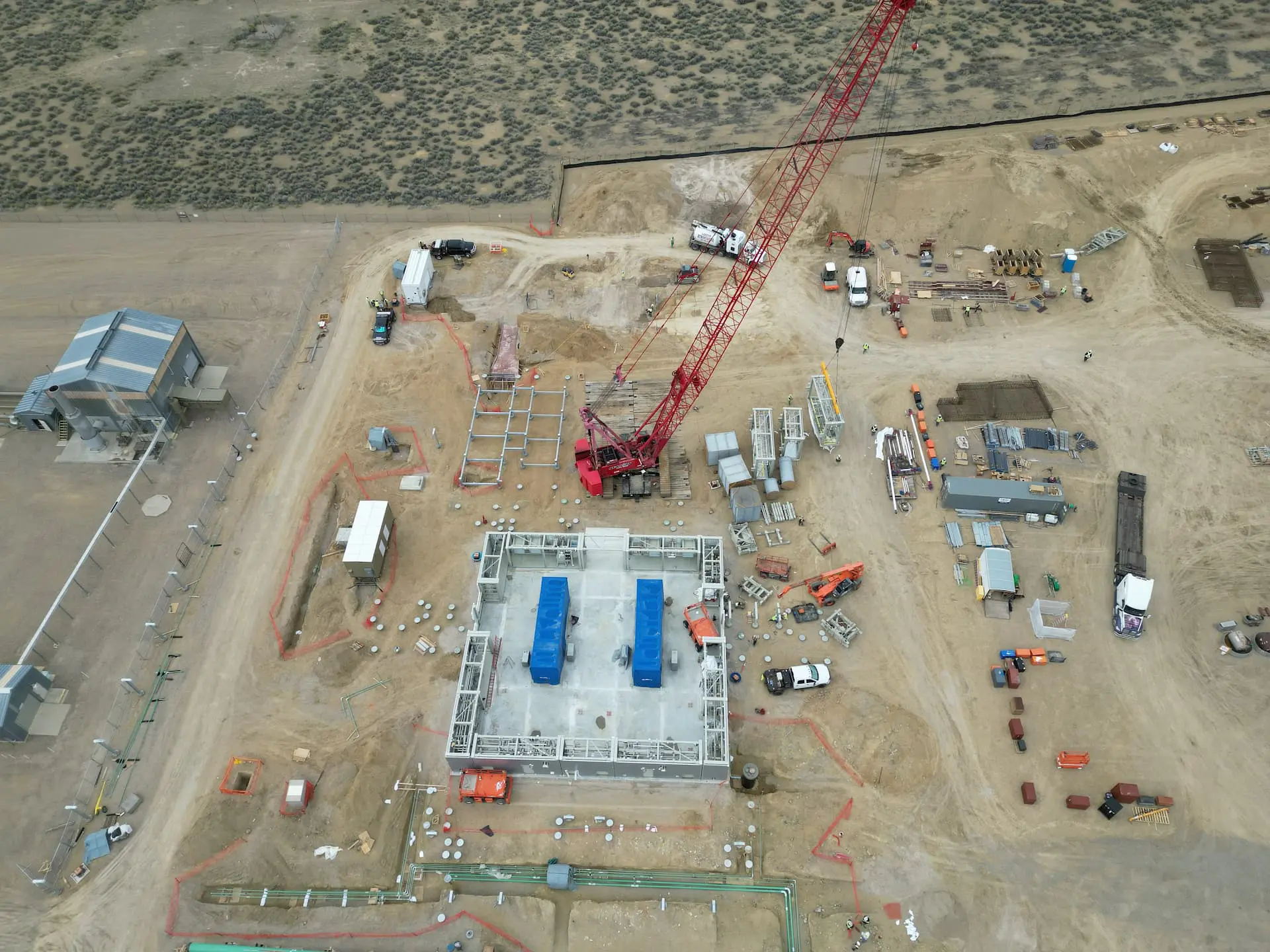

Want to share this article?
Reaching the O+G Workforce Tipping Point
One of the biggest challenges that the oil and gas industry has faced over the past decade is a severe shortage of skilled labor.
The petrotechnical professionals who were hired before the 1980s oilfield downturn now have their eyes set on retirement, and as companies struggle to bring in qualified replacements from a largely diminished human resource pool, the situation has become increasingly dire.
The problem has grown substantially worse in recent years as booming shale formations have sent U.S. production to record-breaking levels. Since 2007, direct job growth in the oil and gas industry has increased by roughly 40%, and as the number of employment opportunities in the industry continues to rise, the shortage of people to fill those positions has become more pronounced. Right now, approximately 71% of the O&G workforce is over 50 years old and it’s estimated that almost half of the geophysicists and engineers currently working in the industry will be retired by 2018.
While companies have seen this problem coming for quite some time, many analysts believe that the industry may be very close to the so called “tipping point”, in which the consequences associated with not having enough skilled personnel will actually begin to prevent projects from moving forward. In a survey conducted by Schlumberger Business Consulting, 73% of international oil companies said that staffing difficulties could result in project delays, and 59% said it could lead to more risk-taking.





